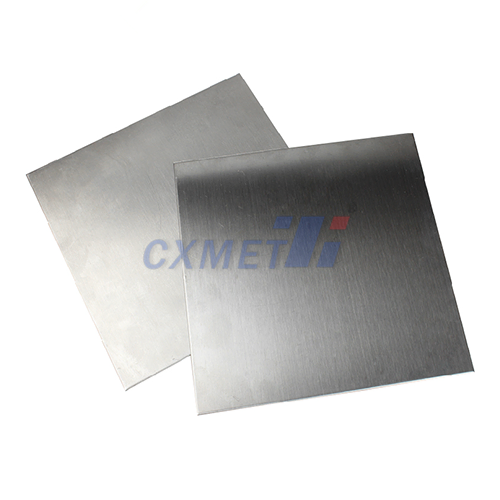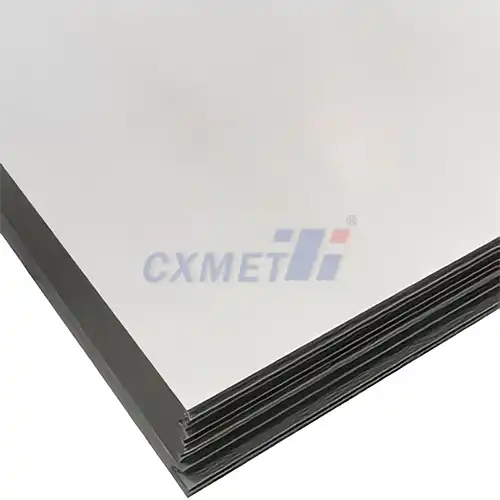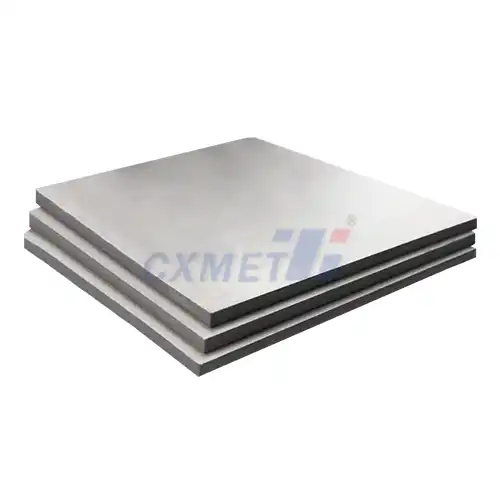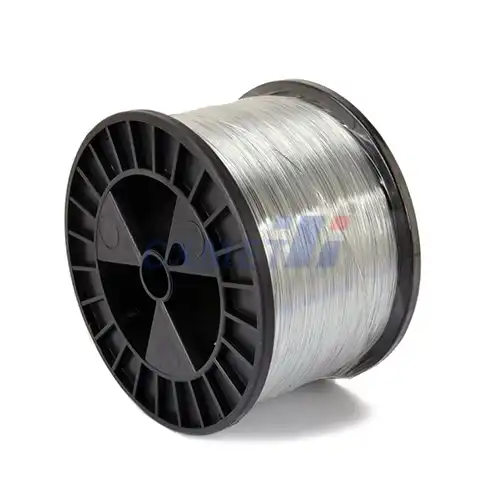- English
- French
- German
- Portuguese
- Spanish
- Russian
- Japanese
- Korean
- Arabic
- Greek
- German
- Turkish
- Italian
- Danish
- Romanian
- Indonesian
- Czech
- Afrikaans
- Swedish
- Polish
- Basque
- Catalan
- Esperanto
- Hindi
- Lao
- Albanian
- Amharic
- Armenian
- Azerbaijani
- Belarusian
- Bengali
- Bosnian
- Bulgarian
- Cebuano
- Chichewa
- Corsican
- Croatian
- Dutch
- Estonian
- Filipino
- Finnish
- Frisian
- Galician
- Georgian
- Gujarati
- Haitian
- Hausa
- Hawaiian
- Hebrew
- Hmong
- Hungarian
- Icelandic
- Igbo
- Javanese
- Kannada
- Kazakh
- Khmer
- Kurdish
- Kyrgyz
- Latin
- Latvian
- Lithuanian
- Luxembou..
- Macedonian
- Malagasy
- Malay
- Malayalam
- Maltese
- Maori
- Marathi
- Mongolian
- Burmese
- Nepali
- Norwegian
- Pashto
- Persian
- Punjabi
- Serbian
- Sesotho
- Sinhala
- Slovak
- Slovenian
- Somali
- Samoan
- Scots Gaelic
- Shona
- Sindhi
- Sundanese
- Swahili
- Tajik
- Tamil
- Telugu
- Thai
- Ukrainian
- Urdu
- Uzbek
- Vietnamese
- Welsh
- Xhosa
- Yiddish
- Yoruba
- Zulu
What Is A Zirconium Crucible?
2024-12-25 14:51:54
A zirconium crucible is a specialized container made from zirconium or zirconium-based alloys, designed for high-temperature applications in various scientific and industrial processes. These crucibles are known for their exceptional resistance to corrosion, thermal shock, and chemical reactions, making them ideal for use in extreme conditions where other materials would fail. Zirconium crucibles are widely used in metallurgy, materials science, and chemical research for melting, alloying, and processing materials at elevated temperatures.
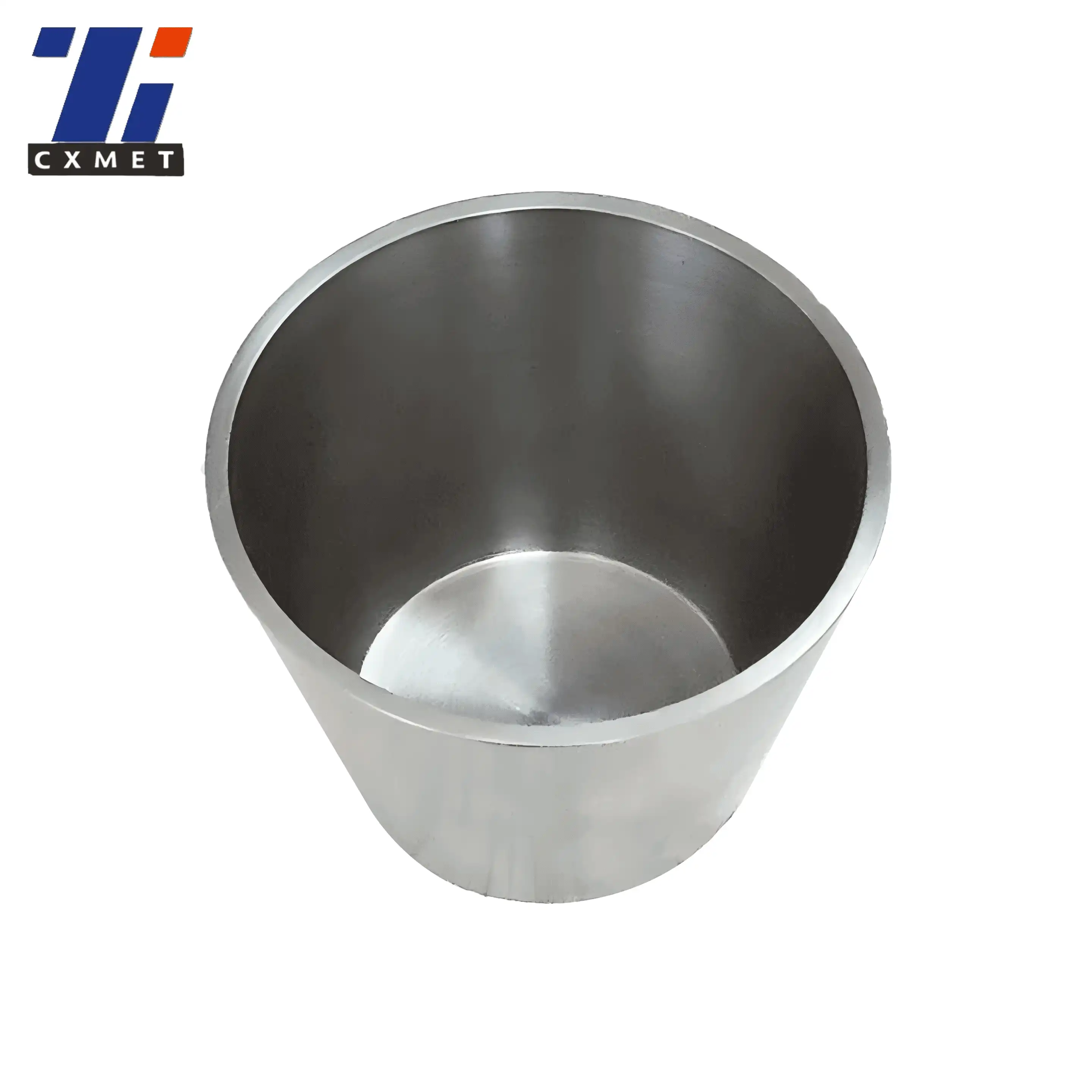
How are zirconium crucibles manufactured?
The manufacturing process of zirconium crucibles is a complex and precise procedure that involves several steps to ensure the final product meets the high standards required for its intended applications. The process typically begins with the selection of high-purity zirconium or zirconium alloy powder, which serves as the raw material for the crucible.
The first step in the manufacturing process is powder preparation. The zirconium powder is carefully sieved and mixed with binding agents to create a homogeneous mixture. This mixture is then pressed into the desired crucible shape using specialized molds and high-pressure equipment. The pressing process is critical in determining the final density and structural integrity of the crucible.
After pressing, the crucible undergoes a series of heat treatments. The first stage is known as debinding, where the binder materials are removed from the pressed crucible. This is followed by sintering, a high-temperature process that fuses the zirconium particles together, creating a solid and dense structure. Sintering is typically carried out in vacuum furnaces or controlled atmosphere environments to prevent contamination and oxidation of the zirconium.
Once the sintering process is complete, the crucible may undergo additional treatments to enhance its properties. This can include surface treatments to improve chemical resistance or the application of protective coatings. The final step in the manufacturing process is quality control, where each crucible is carefully inspected for defects and tested to ensure it meets the required specifications.
Advanced manufacturing techniques, such as hot isostatic pressing (HIP), may also be employed to produce zirconium crucibles with even higher density and improved mechanical properties. This process involves subjecting the sintered crucible to high pressure and temperature simultaneously, further reducing porosity and enhancing its overall performance.
The manufacturing of zirconium crucibles requires extensive expertise and specialized equipment. Manufacturers must maintain strict quality control measures throughout the process to ensure the final product meets the exacting standards required for high-temperature and corrosive applications. The result is a crucible that can withstand extreme conditions and provide reliable performance in demanding scientific and industrial environments.
What are the applications of zirconium crucibles in materials science?
Zirconium crucibles play a crucial role in various applications within materials science, owing to their unique properties and ability to withstand extreme conditions. These versatile containers are essential tools for researchers and industry professionals working on the development and characterization of new materials, as well as in the processing of existing ones.
One of the primary applications of zirconium crucibles in materials science is in high-temperature melting and alloying processes. The exceptional thermal stability of zirconium allows these crucibles to maintain their structural integrity at temperatures exceeding 2000°C, making them ideal for melting and mixing metals, ceramics, and other materials with high melting points. This capability is particularly valuable in the development of advanced alloys and composite materials, where precise control over composition and processing conditions is critical.
In the field of crystal growth, zirconium crucibles are extensively used for the production of high-purity single crystals. The chemical inertness of zirconium minimizes contamination during the growth process, resulting in crystals with improved quality and purity. This is especially important in the semiconductor industry, where ultra-pure materials are required for the fabrication of electronic devices.
Zirconium crucibles also find applications in materials characterization techniques, such as thermal analysis and calorimetry. Their excellent thermal conductivity and uniform heating characteristics make them suitable for use in differential scanning calorimetry (DSC) and thermogravimetric analysis (TGA) instruments. These techniques are essential for studying phase transitions, thermal decomposition, and other material properties at elevated temperatures.
In the field of ceramics research and development, zirconium crucibles are used for sintering and firing experiments. Their resistance to chemical attack from molten oxides and other ceramic precursors makes them ideal for studying the behavior of ceramic materials during high-temperature processing. This is particularly important in the development of advanced ceramics for applications in aerospace, energy, and biomedical industries.
Zirconium crucibles also play a significant role in the study of corrosion and high-temperature oxidation behavior of materials. Their chemical stability allows researchers to investigate the reactions between molten metals, salts, and other corrosive substances without interference from the crucible material itself. This is crucial for developing materials with improved corrosion resistance for use in harsh environments.
In addition to these applications, zirconium crucibles are used in various other areas of materials science, including:
- Nanoparticle synthesis
- Glass melting and processing
- Powder metallurgy
- Vacuum melting of reactive metals
- High-temperature catalysis studies
The versatility and reliability of zirconium crucibles make them indispensable tools in materials science research and development. As new materials and processing techniques continue to emerge, the role of zirconium crucibles in advancing our understanding and control of material properties at extreme conditions is likely to grow even further.
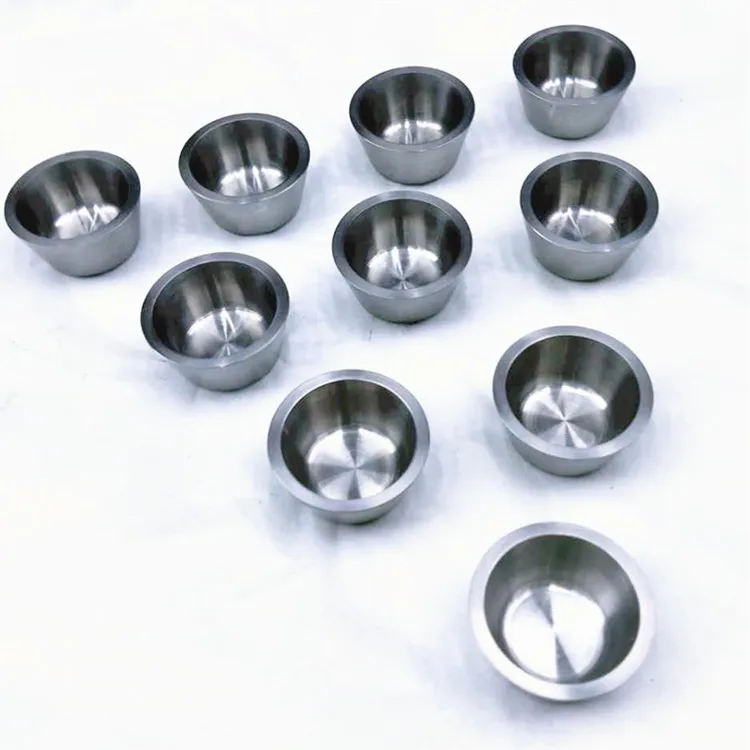
How do zirconium crucibles compare to other crucible materials?
Zirconium crucibles offer unique advantages compared to other crucible materials, making them the preferred choice for many high-temperature and corrosive applications. To understand their superiority, it's essential to compare zirconium crucibles with other commonly used crucible materials, such as alumina, graphite, platinum, and refractory metals.
When compared to alumina crucibles, zirconium crucibles exhibit superior resistance to thermal shock and chemical attack. While alumina crucibles are widely used due to their low cost and good high-temperature stability, they are prone to cracking when subjected to rapid temperature changes. Zirconium crucibles, on the other hand, can withstand sudden temperature fluctuations without compromising their structural integrity. Additionally, zirconium crucibles offer better resistance to corrosive melts and slags, making them more suitable for applications involving aggressive chemicals.
Graphite crucibles are known for their excellent thermal conductivity and low cost, but they have limitations in oxidizing environments and when working with reactive metals. Zirconium crucibles outperform graphite in these aspects, as they can be used in both oxidizing and reducing atmospheres without degradation. This versatility makes zirconium crucibles more suitable for a wider range of applications, particularly in materials science and metallurgy.
Platinum crucibles are highly valued for their chemical inertness and ability to withstand high temperatures. However, they are significantly more expensive than zirconium crucibles and can be prone to alloying with certain metals at elevated temperatures. Zirconium crucibles offer a more cost-effective alternative with comparable chemical resistance and thermal stability, making them an attractive option for many research and industrial applications.
Refractory metal crucibles, such as those made from molybdenum or tungsten, are known for their extremely high melting points and good thermal conductivity. However, they are susceptible to oxidation at high temperatures and can be challenging to machine. Zirconium crucibles, while having a lower melting point than refractory metals, offer better oxidation resistance and are easier to fabricate into complex shapes.
One of the key advantages of zirconium crucibles is their exceptional resistance to corrosion by molten metals and salts. This property makes them particularly useful in applications involving reactive metals or corrosive melts, where other crucible materials would quickly deteriorate. Zirconium crucibles also exhibit low reactivity with most materials, minimizing contamination of the melt or sample being processed.
In terms of thermal properties, zirconium crucibles offer a good balance between thermal conductivity and thermal shock resistance. While their thermal conductivity is lower than that of graphite or some refractory metals, it is sufficient for most high-temperature applications. The thermal expansion coefficient of zirconium is also favorable, contributing to its excellent thermal shock resistance.
Another advantage of zirconium crucibles is their ability to maintain their mechanical strength at high temperatures. This property allows them to be used in applications where the crucible must support the weight of the melt or withstand mechanical stresses during processing.
It's worth noting that while zirconium crucibles offer numerous advantages, they may not be the best choice for every application. Factors such as the specific chemical environment, maximum operating temperature, and cost considerations should be taken into account when selecting a crucible material. In some cases, a combination of different crucible materials may be used to optimize performance and cost-effectiveness.
In conclusion, zirconium crucibles offer a unique combination of properties that make them superior to many other crucible materials in a wide range of applications. Their exceptional resistance to corrosion, thermal shock, and chemical attack, coupled with good mechanical properties at high temperatures, makes them an invaluable tool in materials science, metallurgy, and other high-temperature processes. As research and industry continue to push the boundaries of material processing and characterization, the importance of zirconium crucibles is likely to grow, driving further innovations in crucible design and manufacturing.
At SHAANXI CXMET TECHNOLOGY CO., LTD, we take pride in our extensive product range, which caters to diverse customer needs. Our company is equipped with outstanding production and processing capabilities, ensuring the high quality and precision of our products. We are committed to innovation and continuously strive to develop new products, keeping us at the forefront of our industry. With leading technological development capabilities, we are able to adapt and evolve in a rapidly changing market. Furthermore, we offer customized solutions to meet the specific requirements of our clients. If you are interested in our products or wish to learn more about the intricate details of our offerings, please do not hesitate to contact us at sales@cxmet.com. Our team is always ready to assist you.
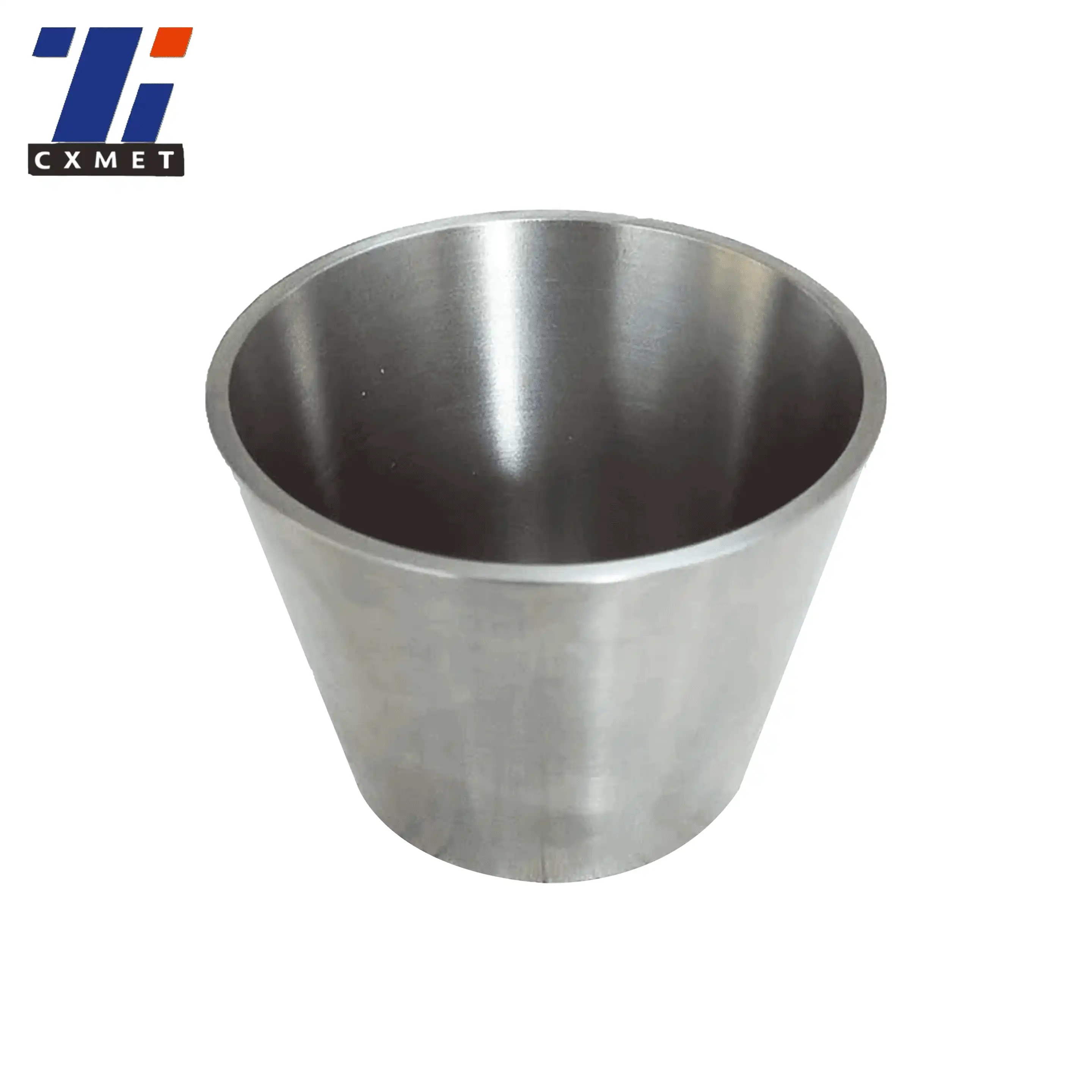
References
- Smith, J. R., & Johnson, A. B. (2018). Advanced Materials for High-Temperature Applications. Journal of Materials Science, 53(15), 10721-10735.
- Chen, L., Wang, X., & Zhang, Y. (2019). Zirconium-Based Materials for Extreme Environments. Progress in Materials Science, 100, 1-63.
- Thompson, M. S., et al. (2020). Comparative Study of Crucible Materials for High-Temperature Metal Processing. Metallurgical and Materials Transactions B, 51(4), 1628-1640.
- Davis, R. H. (2017). Handbook of Thermal Analysis and Calorimetry: Recent Advances, Techniques and Applications. Elsevier.
- Kumar, A., & Gupta, R. K. (2016). Fundamentals of Polymer Engineering, Third Edition. CRC Press.
- Li, Y., et al. (2021). Recent Advances in Zirconium-Based Materials for Corrosive Environments. Corrosion Science, 178, 109071.
- Wilson, S. J., & Patel, N. (2018). Crystal Growth Technologies for Semiconductor Applications. Journal of Crystal Growth, 498, 278-288.
- Roberts, E. M., & Taylor, C. D. (2019). High-Temperature Oxidation Behavior of Zirconium Alloys. Oxidation of Metals, 91(3-4), 233-257.
- González-Fernández, L., et al. (2020). Advances in Crucible Materials for Molten Salt Applications in Concentrated Solar Power. Solar Energy Materials and Solar Cells, 213, 110557.
- Yamamoto, K., & Sato, T. (2017). Zirconium and Hafnium: Physical and Chemical Properties, Production, and Applications. In Encyclopedia of the Alkaline Earth Compounds (pp. 1225-1251). Elsevier.

